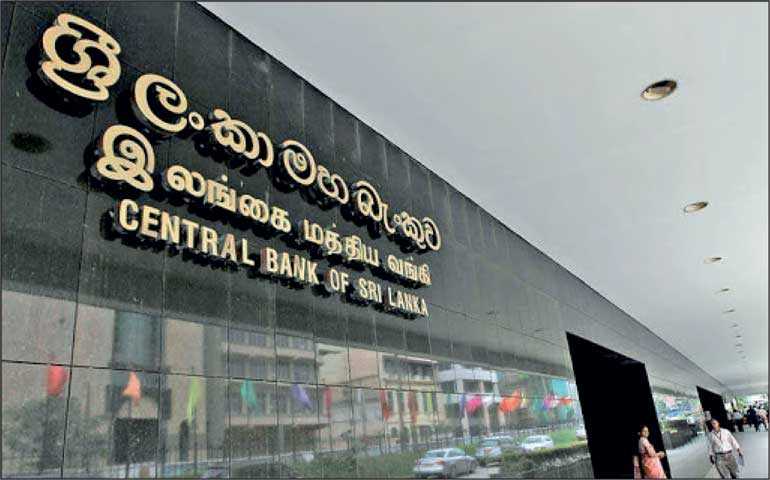Sunday Jan 19, 2025
Sunday Jan 19, 2025
Thursday, 9 April 2020 00:00 - - {{hitsCtrl.values.hits}}

Fitch Ratings believes that the extraordinary regulatory measures announced by the Central Bank - focusing on the relaxation of capital expectations and classification of loans for banks - should relieve immediate pressure on the banks’ financial profiles but will not prevent medium-term deterioration.
Fitch recently revised the sector outlook for Sri Lanka to negative from stable to reflect these risks and will be assessing the impact on bank ratings.
The recently announced measures are in addition to a spate of concessions already given, including a debt moratorium (capital and interest) and a working-capital loan for businesses and individuals affected by COVID-19.
The additional measures allow Domestic Systemically Important Banks (D-SIBs) and non D-SIBs to draw down their capital conservation buffers by 100bp and 50bp, respectively, where banks currently hold a buffer of 250bp of their risk-weighted assets. This will allow the banks to operate below their current Tier 1 regulatory minimums of 10% for bucket 2 D-SIBs (Bank of Ceylon and Commercial Bank of Ceylon PLC), 9.5% for bucket 1 D-SIBs (People’s Bank and Hatton National Bank PLC) and 8.5% for non-DSIBs.
“This would release around Rs. 53 billion of capital for lending purposes, based on banks’ reported capital ratios at end-2019; however, it will also reduce buffers against potential deterioration in asset quality,” Fitch Ratings said in a statement.
The regulator has also provided support to the smaller banks through regulatory forbearance. The Central Bank has extended the deadline to increase the minimum capital requirement for banks (to Rs. 20 billion for licensed commercial banks and Rs. 7.5 billion for licensed specialised banks) by two years to end-2022.
This will provide some breathing space for banks such as Pan Asia Banking Corporation PLC, Amana Bank PLC and Cargills Bank Limited that were required to double their existing capital levels - which would have been challenging in the current environment.
In addition, the regulator has loosened some NPL classification requirements, and the banks no longer need to classify all credit facilities extended to a borrower as non-performing when the aggregate amount of all outstanding non-performing loans granted to such borrowers exceeds 30% of total credit facilities.
“We believe that while this and other measures should help to suppress a sharp near-term increase in NPLs, a reversal in these guidelines as the economy recovers could see the banks’ NPL ratios rise significantly,” it added.
Banks have also been permitted to grant an extension of 60 days to borrowers who are not entitled to any other concessions, to settle loans and advances which are becoming past due during March 2020, and not to consider such facilities as past due until the end of this 60-day period.
In addition, banks now have the flexibility to recover loans in Sri Lankan rupees, as the last resort, in circumstances where recovery of loans in foreign currency is remote. Such relief measures highlight the authorities’ supportive stance to the banking system.
The regulator has allowed the banks to consider changes to payment terms and loan contracts until end-June 2020 as ‘modifications’ instead of ‘restructuring’ for the purpose of classification of loans and advances and impairment computation. “We believe that the banks would be permitted to follow a similar treatment for impairment of such loans for accounting purposes, as a modification may not be viewed as an increase in credit risk.” Banks have already undertaken a large amount of restructuring, which saw the share of restructured loans in gross loans increase sharply to 3.6% across Fitch-rated Sri Lankan banks by end-September 2019 from 1.8% at end-2018.
“Apart from the reduction in the statutory reserve ratio, the regulator has not yet introduced any measures to support the liquidity positions of banks, but we believe that there could be further relaxation - particularly on the liquidity coverage ratio, which could fall due to non-repayment of loans and possible deposit outflow. Banks are currently required to maintain a 100% coverage on both local- and all -currency ratios.”
Notwithstanding such measures, the risks to the banking sector have increased, with the weaker operating environment exerting pressure on banks’ loan quality and profitability. Fitch expects weaker profitability to also weigh on capitalisation over the next 12 months.
